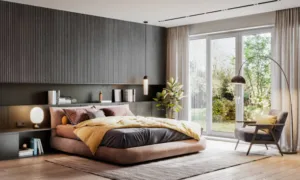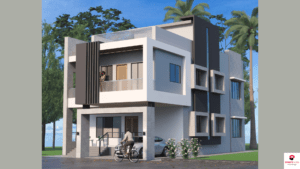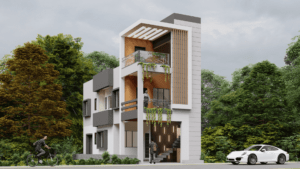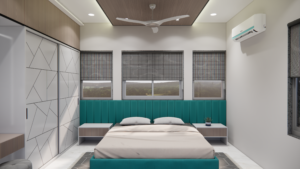Building a home is a dream for many but rising construction costs can make it seem out of reach. The good news is that with smart construction techniques, you can build a strong, functional, and affordable house without compromising on safety or comfort.
In this blog, we’ll explore the most effective low-cost construction techniques that help save money while still delivering a quality home. Whether you’re building in a rural village or an urban plot, these ideas can help you stay within budget.
1. Use Load-Bearing Walls Instead of Frame Structure
Most modern homes are built using a frame structure (columns and beams), which requires a lot of steel and concrete. Instead, for smaller houses, load-bearing walls are a more affordable option.
They support the entire structure, eliminating the need for beams and columns.
Best for single-story or two-story homes.
Reduces overall material and labor costs.
2. Choose Filler Slab Roofing
Traditional concrete slabs are expensive due to the amount of cement and steel required. A filler slab is an alternative roofing technique where part of the concrete is replaced with cheaper, lightweight materials like:
Clay pots
Broken tiles
Bricks
Benefits:
Saves 30–40% on slab costs
Adds insulation, keeping the house cooler
Aesthetic patterns on the ceiling
3. Use Stabilized Mud Blocks (SMB)
Instead of regular burnt bricks, you can use Stabilized Mud Blocks made from mud, sand, and a small amount of cement or lime.
Made locally on-site
Reduces transportation and material costs
Eco-friendly and thermally comfortable
4. Adopt Pre-Fabricated Construction
Prefabrication means building parts of the house (walls, slabs, roofs) off-site and then assembling them on your plot. It’s a fast and cost-effective method.
Saves time and reduces on-site labor
Limits material wastage
Best suited for large housing projects or fast builds
5. Use Rat Trap Bond in Brickwork
The rat trap bond is a brick-laying technique where bricks are placed vertically, creating a cavity between the walls.
Benefits:
Reduces the number of bricks and mortar used
Acts as a natural insulator
Cuts wall construction cost by up to 25%
6. Opt for Flat Roofs Over Sloped Ones
Sloped or tiled roofs may look attractive but are more expensive. Flat concrete roofs are:
Easier and cheaper to build
Allow for future vertical expansion
Can be used for water tanks or solar panels
7. Use Local and Recycled Materials
Construction becomes more affordable when you use materials available near your building site:
Locally made bricks or blocks
Stone, mud, lime, or bamboo
Reused doors, windows, tiles, or even old wood
This reduces transportation costs and supports sustainable construction.
8. Avoid Unnecessary Interiors and Elevation Work
Fancy false ceilings, imported tiles, or decorative columns can drain your budget fast.
Instead:
Use simple cement finishes
Paint walls with cost-effective weatherproof paint
Keep the exterior design minimal
You can always upgrade later when your budget allows.
9. Use Plinth Bands and Lintel Bands for Earthquake Safety
Even if you’re building a low-cost house, safety should never be compromised. Using plinth bands and lintel bands (horizontal reinforcements in walls) gives extra strength to the structure during natural disasters.
They’re affordable additions that improve the lifespan and durability of your house.
10. Phase-Wise Construction
Can’t afford to build everything at once? Go for a phased construction plan:
Start with the essential rooms (living, kitchen, 1 bedroom)
Add more rooms or floors in future when funds are available
SmartScale offers expandable house designs for this purpose
Final Thoughts
Low-cost housing doesn’t mean low-quality housing. With the right approach, you can build a house that is:
Durable
Comfortable
Affordable
Environment-friendly
By choosing cost-saving construction techniques and avoiding expensive features that don’t add real value, you can make your dream home a reality even on a tight budget.
Looking to Build Smart on a Budget?
✅ Get low-cost home designs
✅ Region-specific material advice
✅ Expandable floor plans for future growth
👉 Contact SmartScale House Design today to get started with affordable, customizable house plans that suit your budget and land.









